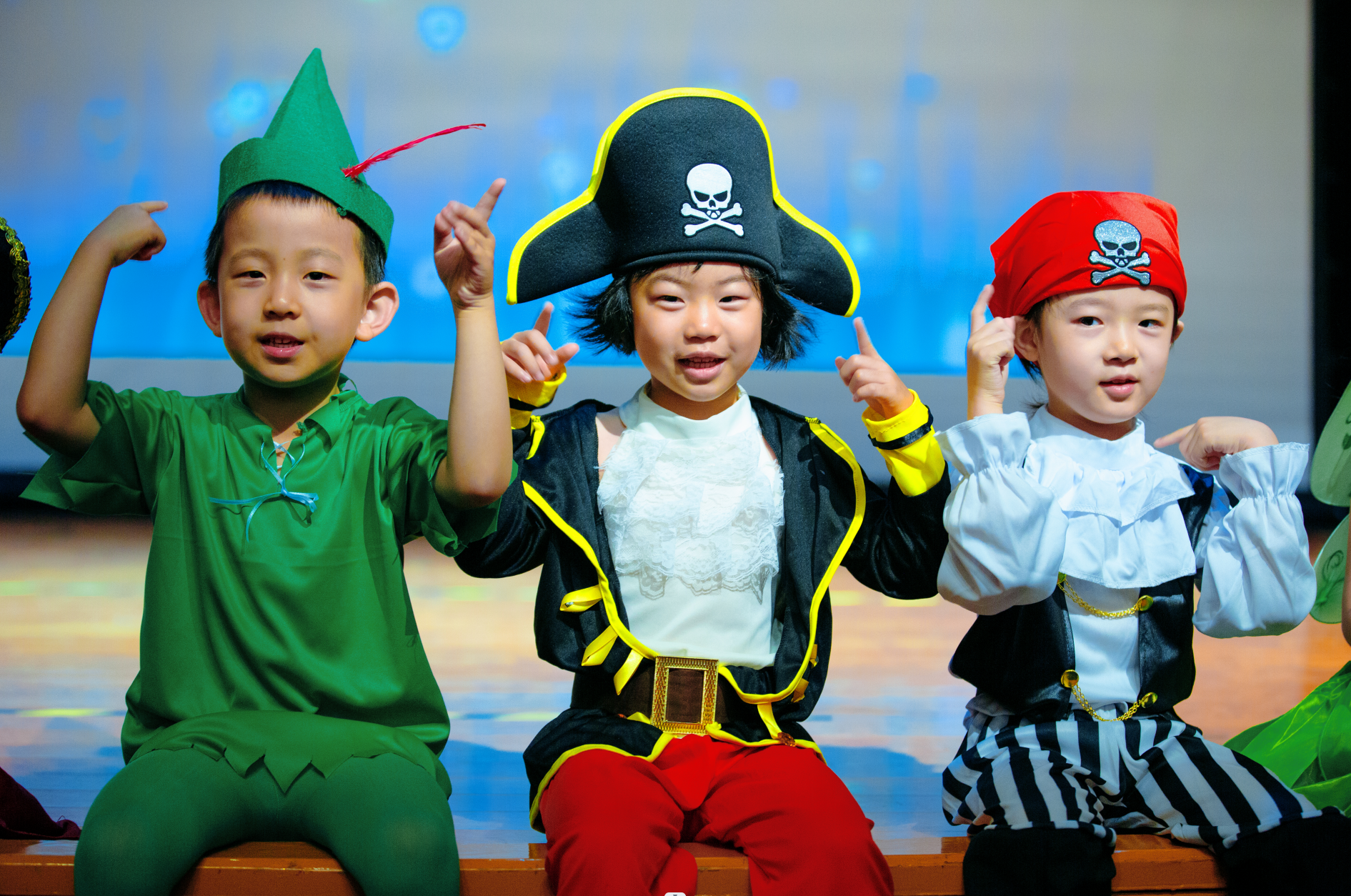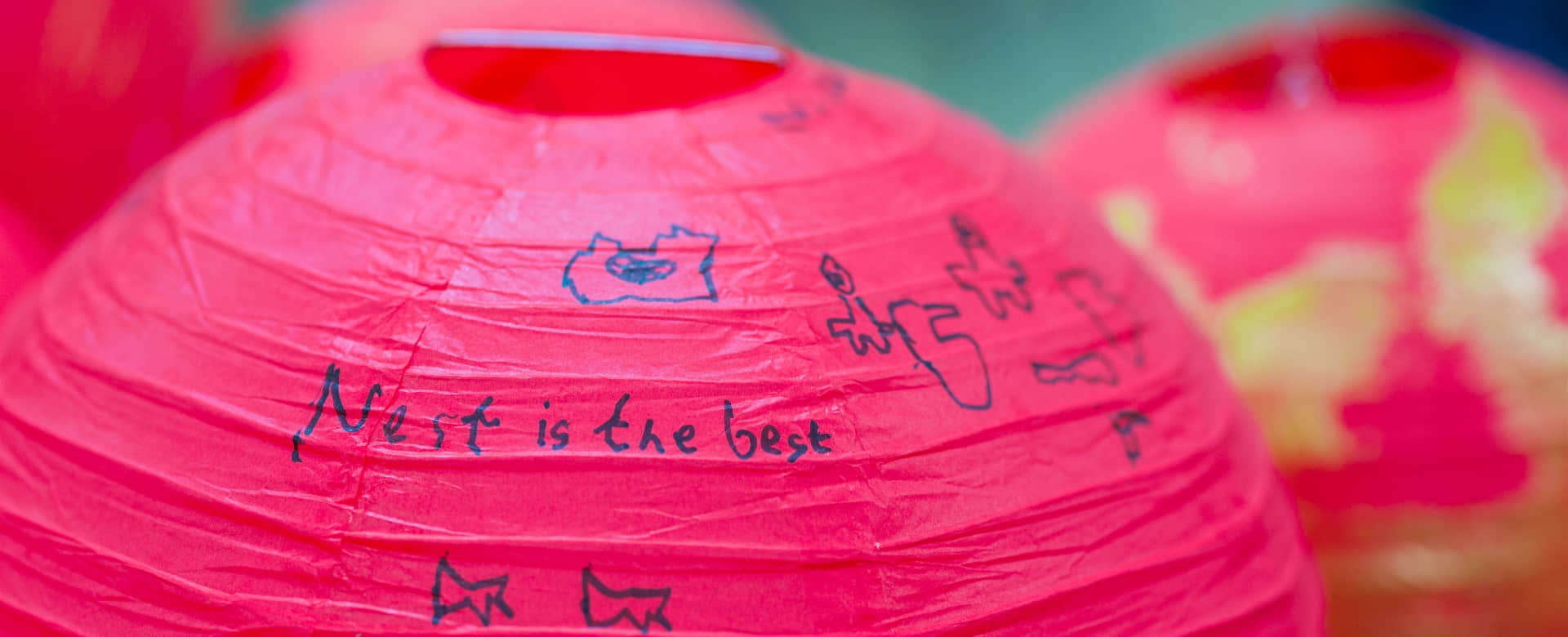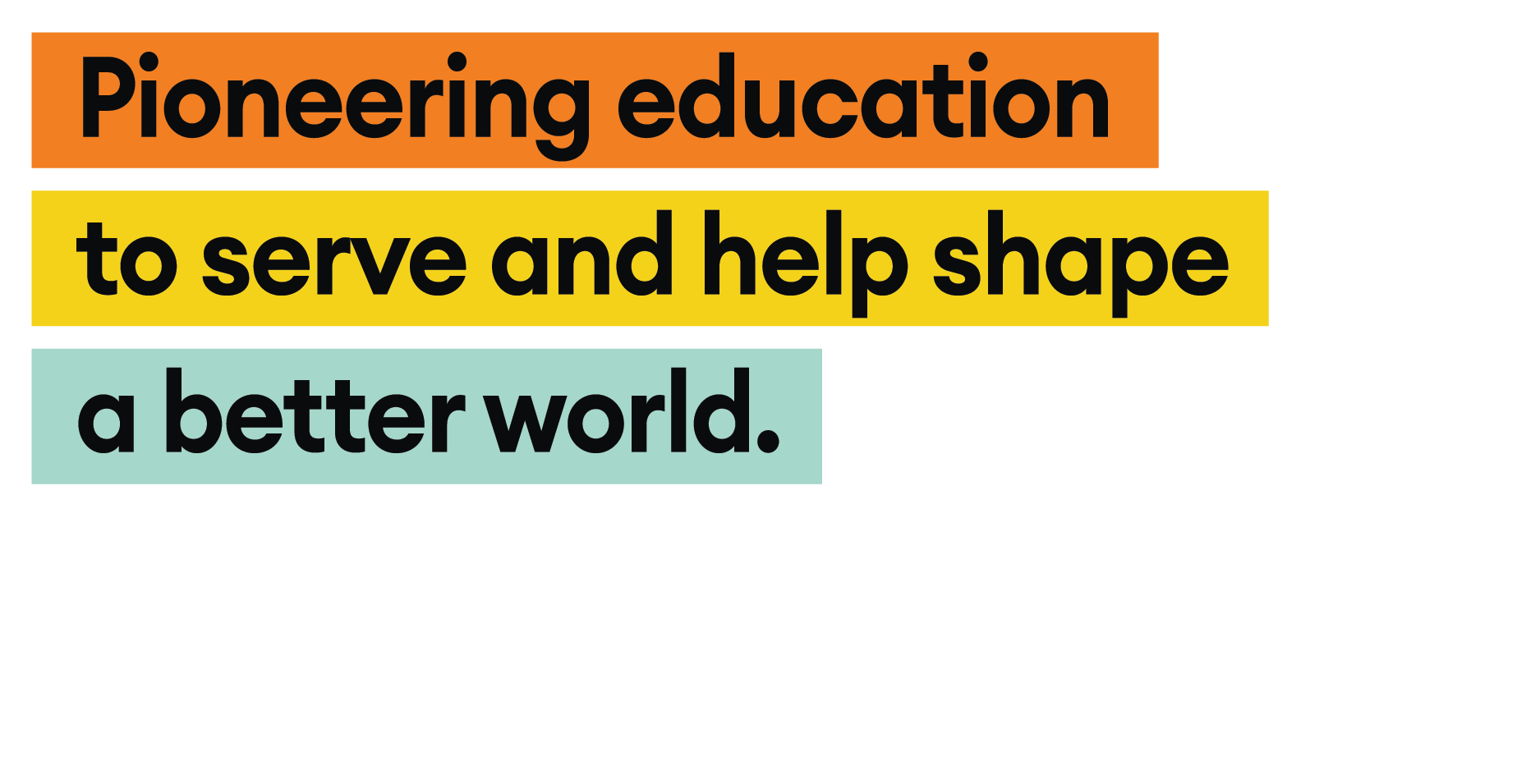How bilingual literacy works in bilingual education?
In this Wellington Talk Series, Early Years Educational experts from Wellington College give in-depth knowledge on education. Today, Ms Rashmi Dixon and Ms Nini Li, Reception teachers at Wellington College Bilingual Nursery, talk about their understanding of bilingual education and how bilingual literacy works in teaching.
Ms Rashmi and Ms Nini talk about
how bilingual literacy works in bilingual education

In your opinion, what is bilingual education?
Bilingual education uses both Mandarin and English language as a teaching medium in subjects such as literacy, maths, science and the arts.
What is bilingual literacy?
Bilingual literacy is going beyond just speaking in two languages. It also incorporates speaking, reading and writing. This is why we interact with the children not just in English but also in Mandarin to understand each other's cultures. Here at Wellington College Bilingual Tianjin Nursery, our goals and requirements for the children are not only for reading and writing. We pay considerable attention to how the children communicate together in both languages. Creating an environment that also supports the children to learn more actively is a key aspect of the programme.
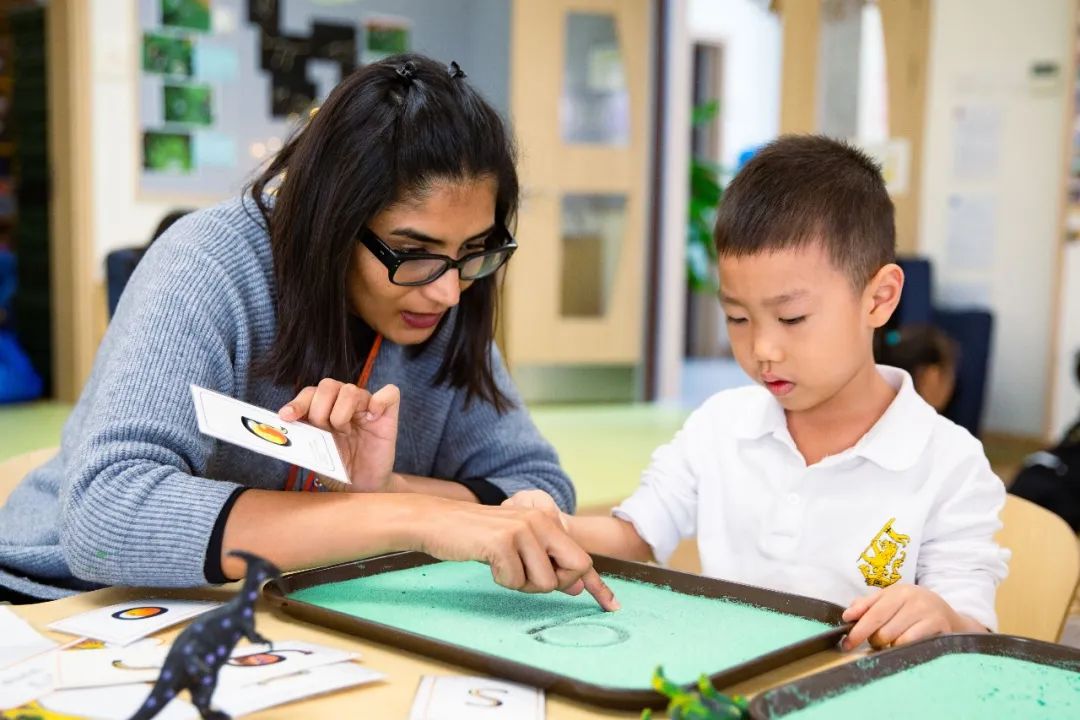
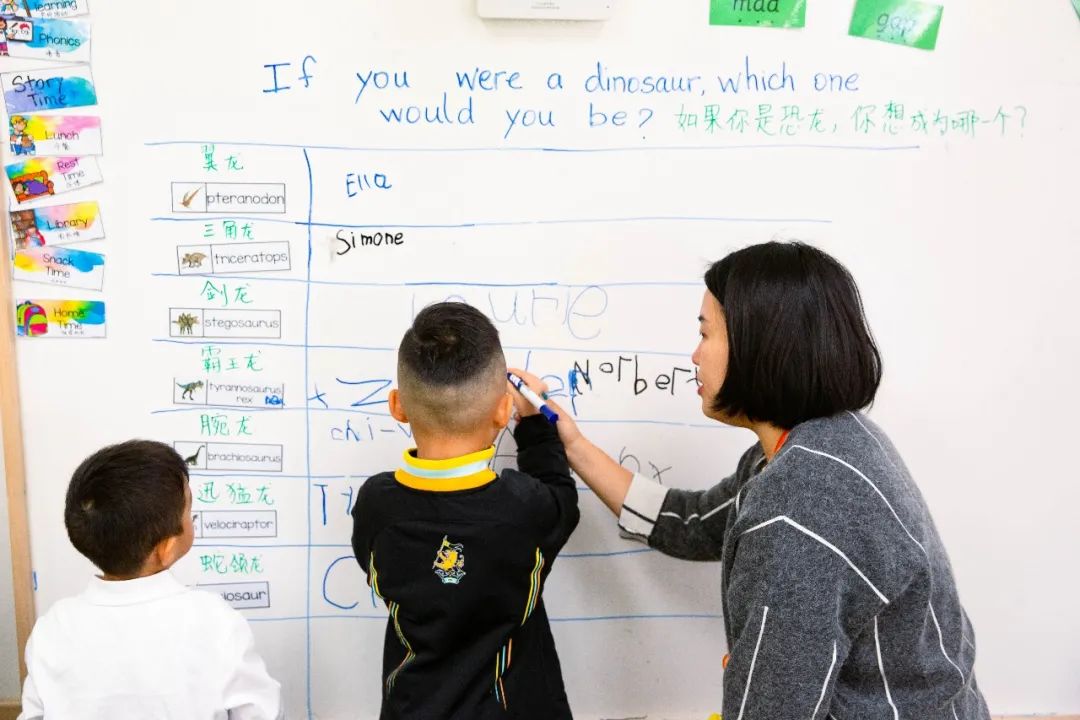
We incorporate a great deal of bilingualism within our programmes such as Science, Technology, Engineering, the Arts and Mathematics (STEAM). For example, a few weeks ago, our Reception children built a volcano. By building the volcano they were not only able to practice their language skills by calling it “a volcano,” but they also practiced their maths. In this way, we encourage pupils to speak in both languages and to practice core concepts that are helpful for them in science and technology. No matter in science, literature or maths, the development of language skills is always critical. It even influences the children’s learning in the future to develop their ability of understanding and empathy and to understand the world. Bilingual literacy benefits them in all these aspects. It’s about children’s development in different ways. It’s not simply about their skills of reading or writing, but more about their ability to understand real-life.
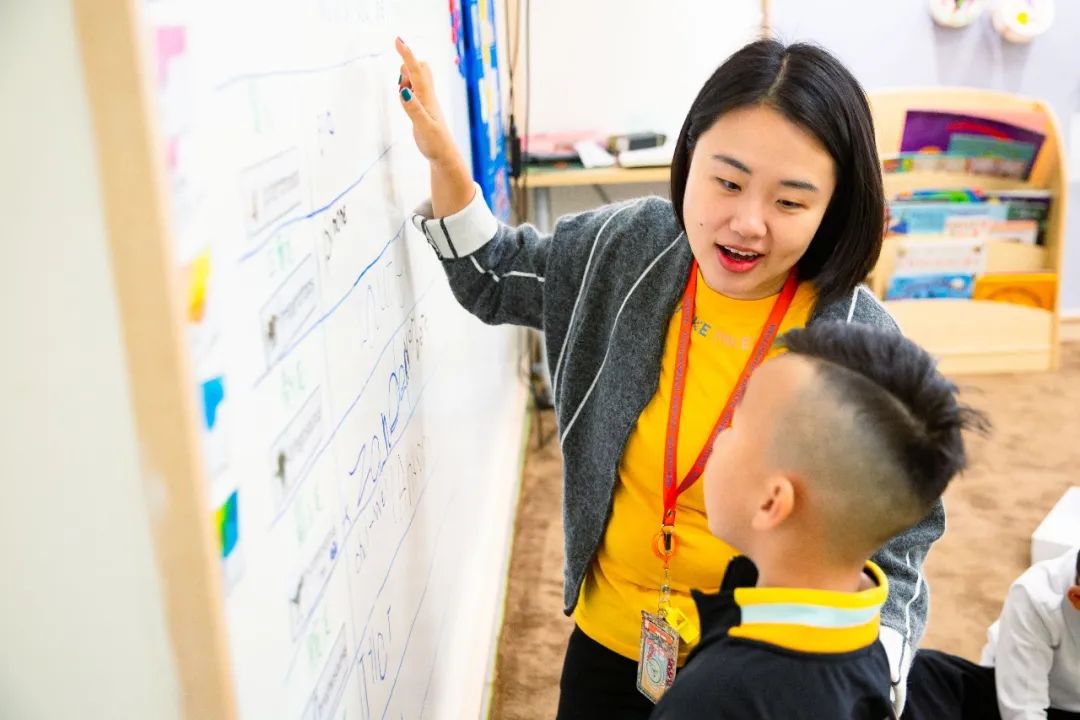
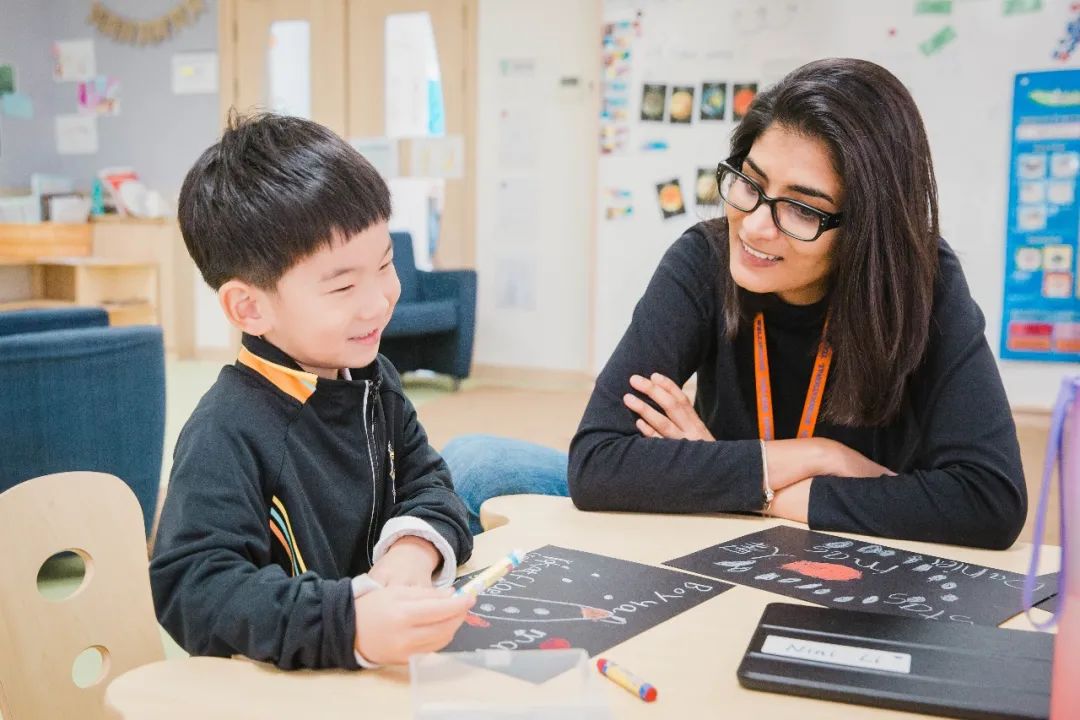
How does bilingual literacy benefit
the children at the Nest?
When we introduce a story in our classroom, although the story maybe in English for example, the expatriate teacher and the Mandarin teacher have very organic and fluent conversations in both languages. When the pupils watch the teachers introducing the story, not only are they looking at the visuals from the story, but they're also hearing this nice conversation and the thinking out aloud between two teachers. This encourages them to also think out loud and possibly share their interests and opinions which leads to a very key skill of story retelling.
The skill of story retelling is a steppingstone of writing skills and is essential for the children to develop the skill of pre-writing. For example, when we were learning “Camarasaurus looking for Mum” the children learned about the whole story with various methods. In the future, they will be able to apply the skills they have developed in story retelling and writing and it’s connected to their learning in Years 1 and 2.
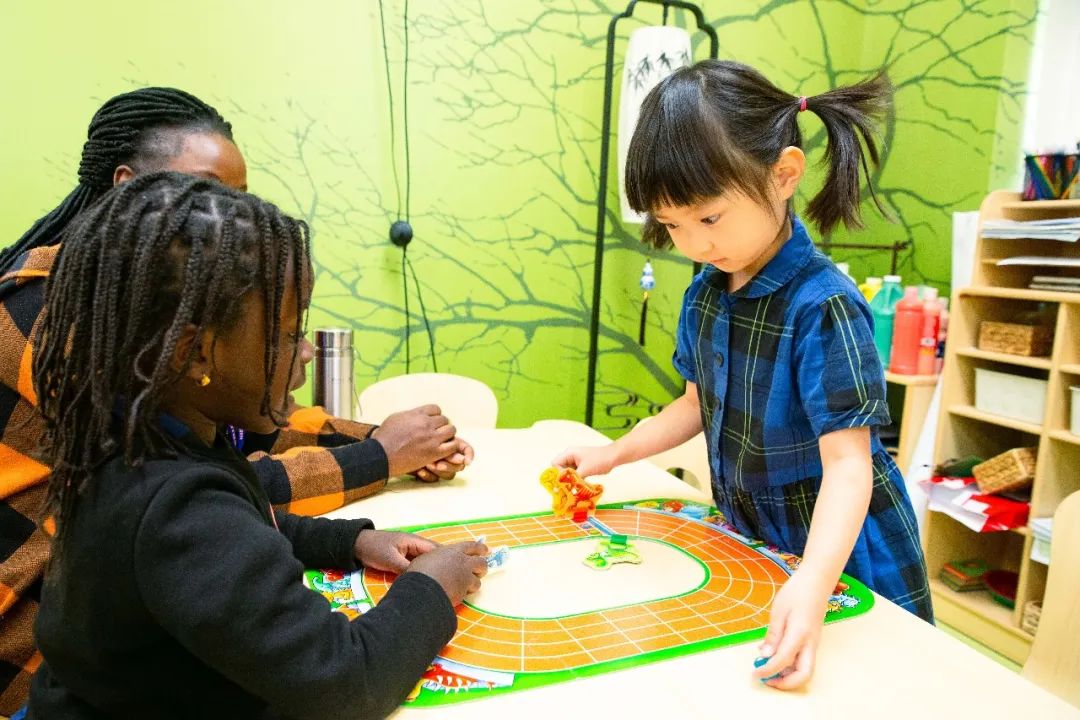
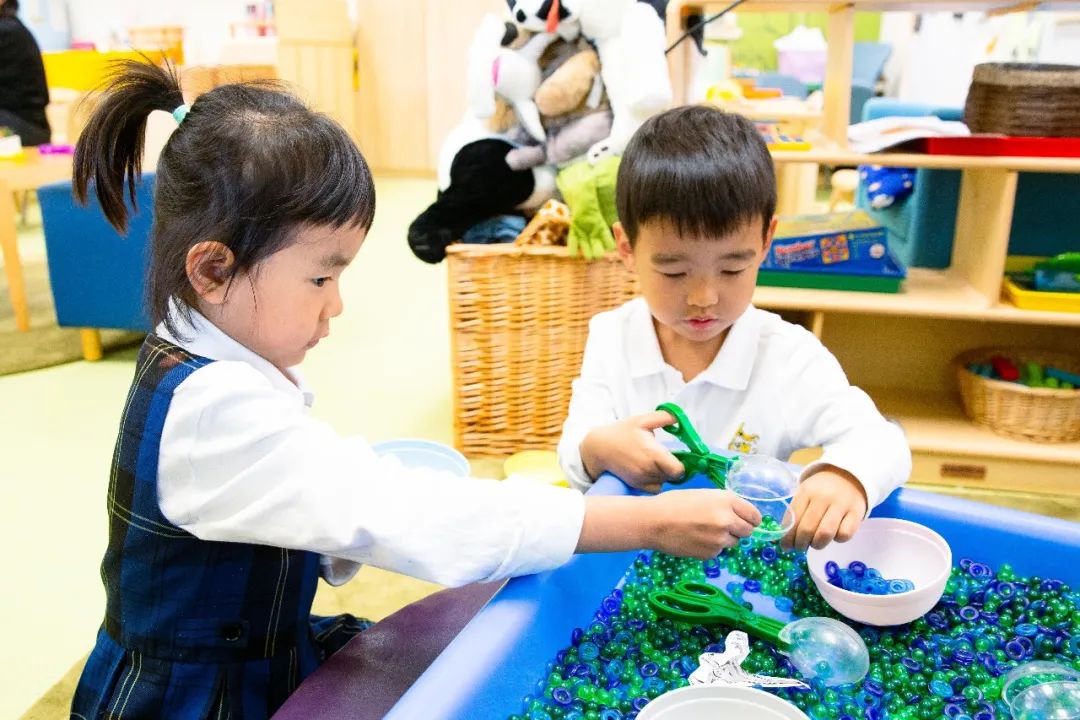
What’s the method we use to develop the children’s skills of writing and reading?
We're using a programme called, Talk for Writing. When children listen to a story, we use very simple gestures for some keywords or key phrases in the story which encourages them to remember. What happens is when children practice these gestures, it becomes second nature, which is the steppingstone for pre-writing. When the children see the teachers’ gestures and facial expressions, they can think of the keywords in the stories. Therefore these keywords don’t only exist in their mother tongue. We use the same gesture or facial expression for the same word in their non-native language. In this way, we help them to remember the structure of the whole story. Through practising the gestures and looking at the teachers’ facial expressions, they will be able to make a genuine sentence. From words to phrases to sentences and finally, paragraphs. Through various gestures, the children memorize the stories. This helps them to learn and to retell the story.
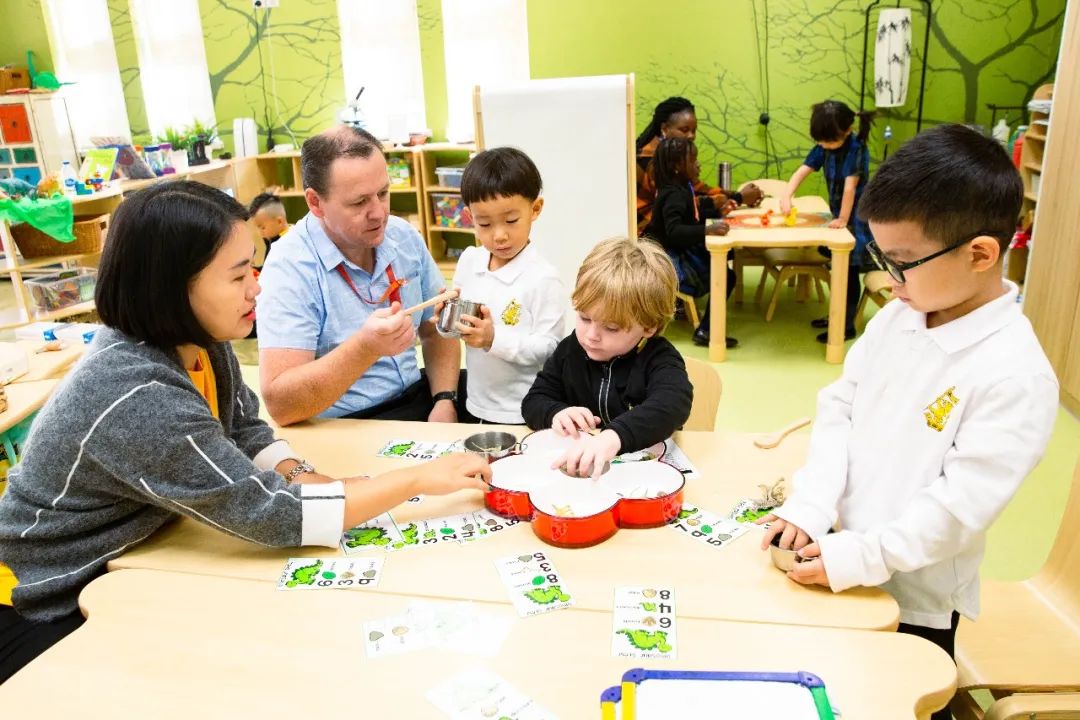
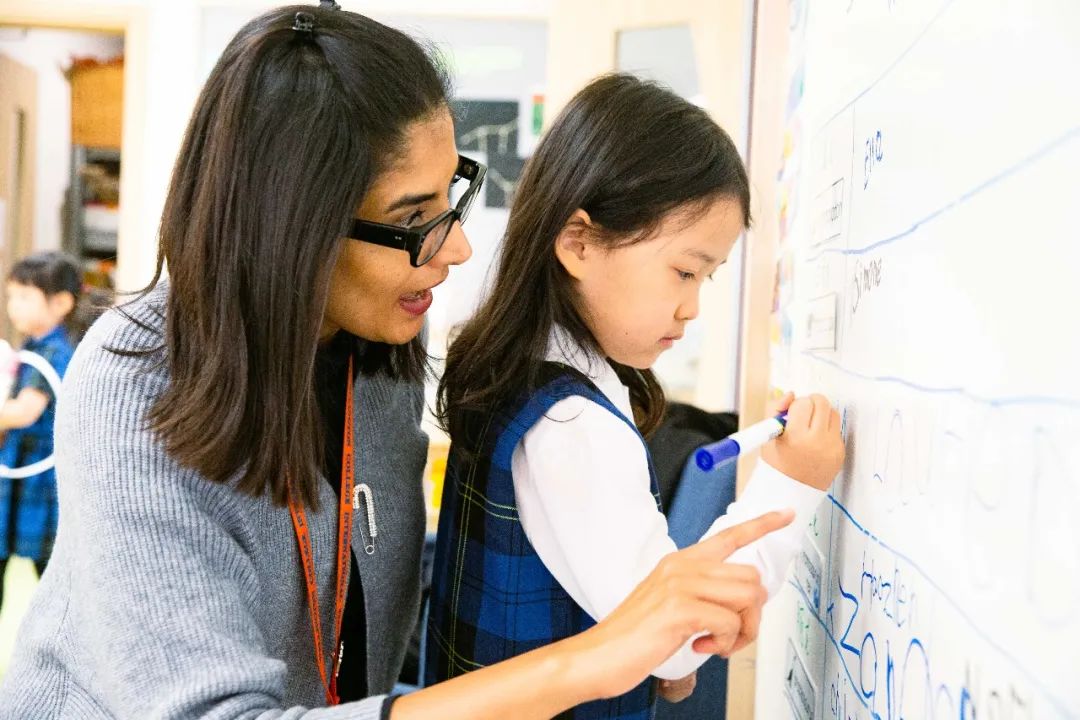
Related Articles







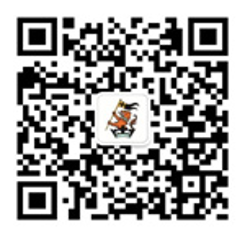
 Channel
Channel 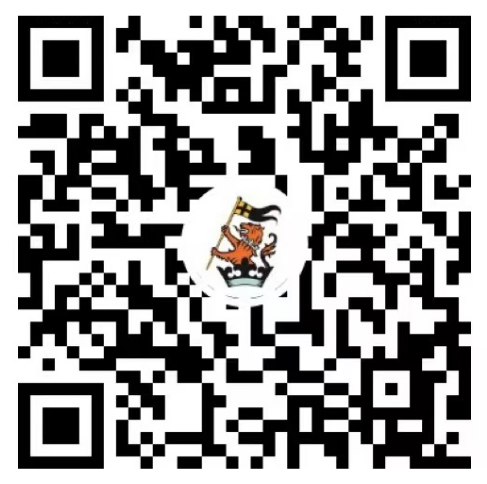
 Linkedin
Linkedin  Weibo
Weibo  Facebook
Facebook  Ins
Ins 

